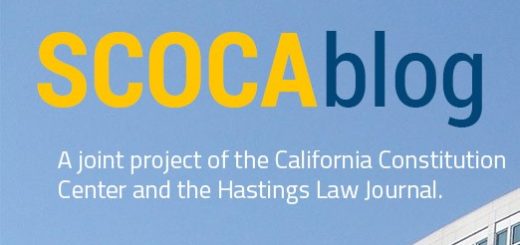Handicapping California’s next chief justice
Overview In this article we speculate about possible scenarios and candidates for California’s next chief justice. We have no inside knowledge and advocate for no one. Our historical analysis identifies three scenarios: most likely, less likely, and least likely. The most likely scenario is a sitting associate justice being elevated to chief justice, and in this scenario a Court of Appeal justice probably gets nominated to fill the empty seat. The less likely scenario is a Court of Appeal justice being nominated to both fill the empty seat and to serve as chief justice. The least likely scenario is a...




